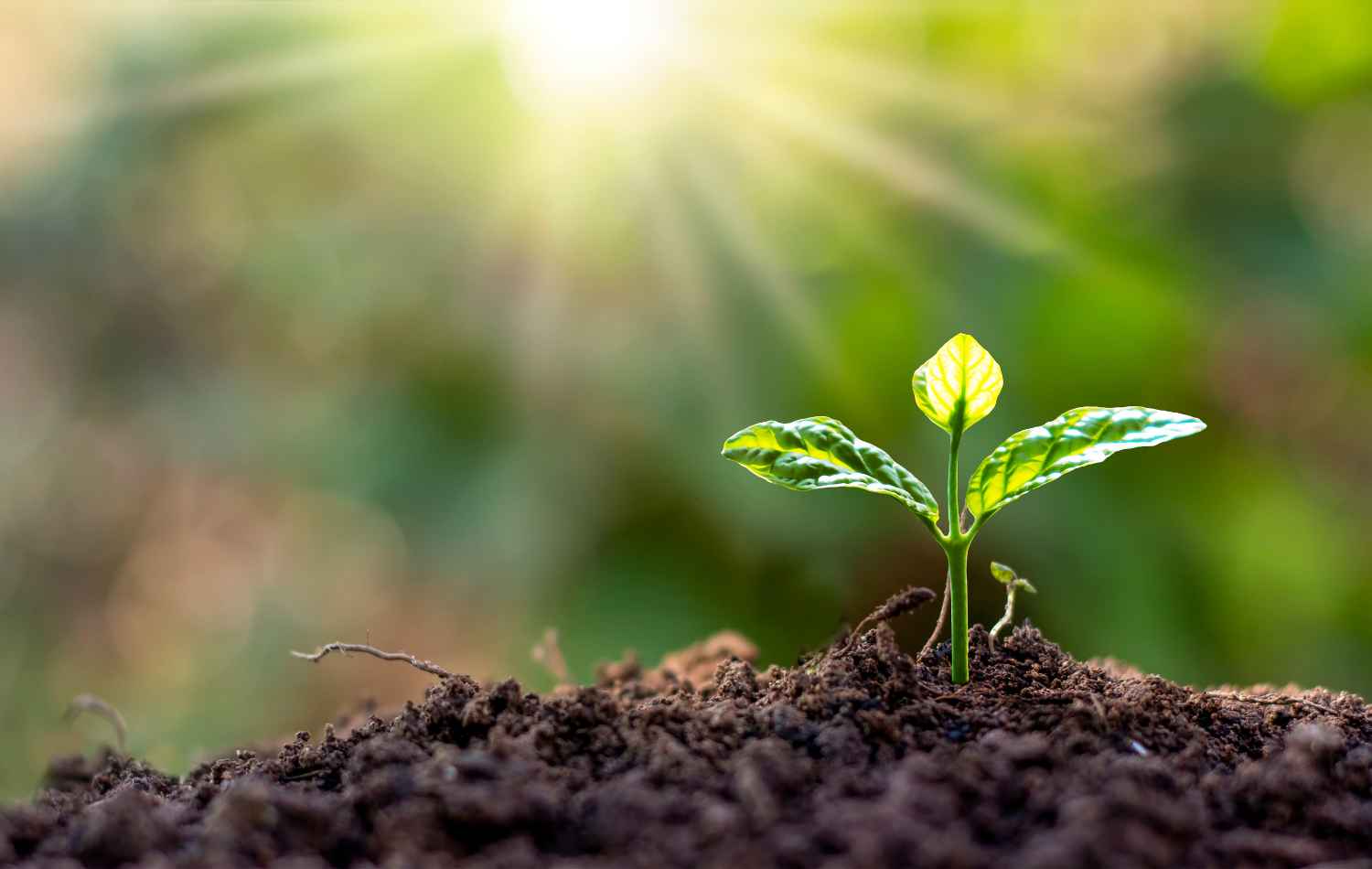In the world of plant sciences, two fundamental concepts form the basis of our understanding of plants: genotype and phenotype. Genotype refers to the genetic information stored in the plant's chromosomes – this is the genetic "code" that determines the plant's potential traits. Phenotype, on the other hand, is the external and tangible expression of these traits – what we see, measure, and experience in the actual plant.
It's important to understand that the relationship between genotype and phenotype is not direct or simple. The phenotype is the result of complex interaction between genetic information and environmental factors. For example, a plant with a genotype for drought resistance may not express this trait if it's not exposed to water stress, or conversely – may surprise with its resistance when environmental conditions are particularly favorable.
How Does Phenotype Manifest in Plants?
Plant phenotype is expressed through a wide range of measurable and analyzable traits. Morphological traits such as plant height, leaf shape, root structure, and plant architecture are part of the phenotype. Physiological traits such as photosynthesis rate, water use efficiency, stomatal conductance, and responses to environmental stresses constitute another important part.
Plant-Ditech specializes in developing advanced technologies for measuring these phenotypic traits. Their systems enable dynamic measurement of physiological activity, including water use, stomatal and root activity, and plant growth in real-time.
Why is the Relationship Between Genotype and Phenotype So Important?
Understanding the relationship between genotype and phenotype is the key to developing new varieties and improving existing crops. In an era of climate change and growing agricultural challenges, we need plants that can cope with more extreme conditions. New varieties need to be more resistant to drought, salinity, extreme temperatures, and diseases, while maintaining high yield and good quality.
This is where Plant Phenotyping comes into play. Through precise and systematic measurement of phenotypic traits, researchers and growers can identify which genotypes express desired traits under different conditions. This enables more accurate selection of plants for breeding and development of new varieties.
How Do Modern Technologies Help in Understanding This Relationship?
Modern Plant Phenotyping technologies are revolutionizing the way we study the relationship between genotype and phenotype. Instead of relying on manual measurements and subjective observations, we can now obtain accurate, continuous, and objective data on plant performance.
Modern automated systems enable simultaneous monitoring of hundreds or thousands of plants, measuring dozens of physiological parameters daily. This provides a detailed and complex picture of how different genotypes respond to changing environmental conditions.
What is the Practical Significance for Research and Development?
Deep understanding of the genotype-phenotype relationship enables researchers to work more efficiently and accurately. Instead of waiting entire seasons to see results, desired traits can be identified within weeks. This dramatically accelerates breeding and development processes for new varieties.
Additionally, this understanding enables development of cultivation strategies adapted to specific genotypes. Each variety can receive optimal conditions for expressing its best traits, leading to higher yields and better quality.
How Does This Affect the Future of Agriculture?
The relationship between genotype and phenotype is at the center of the current agricultural revolution. Plant-Ditech enhances the capabilities of scientists, growers, and agricultural researchers to ensure agricultural growth by providing phenotyping systems and software. This enables rapid and automatic processing and analysis of enormous amounts of phenotypic data, providing deep insights into plant-environment interactions while shortening research and development time and time to market.
In the near future, we expect personalized agriculture, where each field grows the varieties most suitable for its specific conditions. This will lead to more efficient, healthier, and more sustainable agriculture.
What Are the Main Conclusions?
Understanding the relationship between genotype and phenotype is the foundation of modern plant research. It enables development of better varieties, adapted cultivation strategies, and ultimately – more efficient and sustainable agriculture. Plant-Ditech sets new standards in plant research. We invite you to join our community and discover a world of knowledge, technology, and inspiration.
